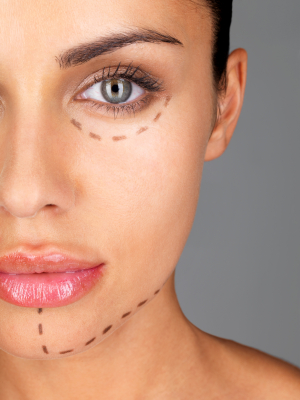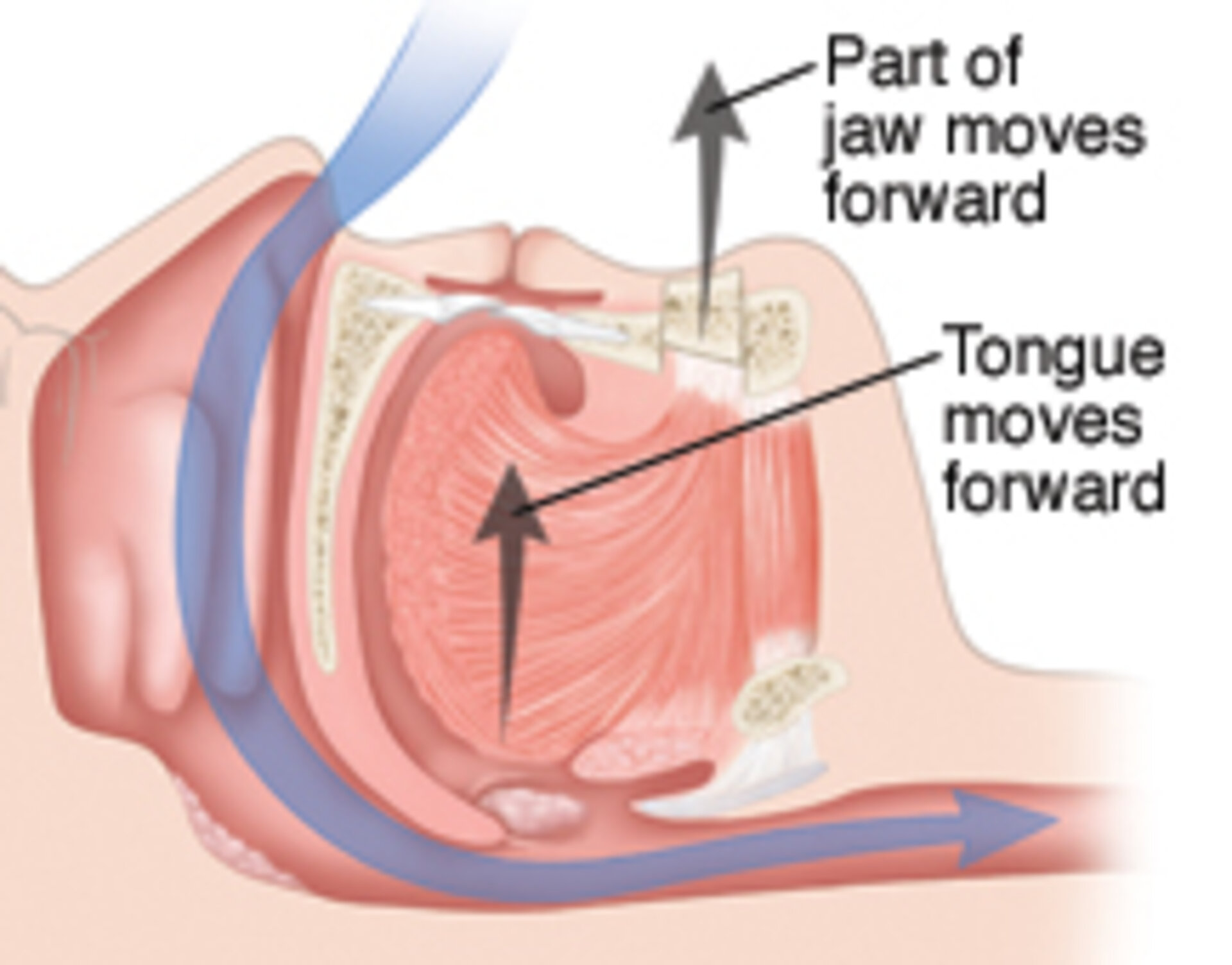
There are many options for breast enhancements. Each option can produce different results. Each procedure is different and there is no single solution. It is important to be informed about all options so you can make an informed decision. Before you undergo breast augmentation surgery, take the time and research the details to ensure that you are able to ask all the questions you need to be satisfied with the results.
How to choose the right plastic surgeon
A critical decision is to select a surgeon to perform breast enlargement surgery. There are several factors you should consider such as the surgeon's experience and qualifications. Referring to people who have had surgery is a great way of choosing the right surgeon.
These reviews, as well as before and after photographs, are a great place to start. You should look for surgeons who have a history of providing high-quality results. Before and after photos of a surgery can give you a good idea about the surgeon's skills and experience. The photos can help you assess whether the surgeon is suitable for your requirements and expectations.

Preparing for surgery
You must be healthy while preparing for breast-enhancement surgery. Avoid being around people who are ill and take time off work to recover from the surgery. If you have children under two years old, find someone to take care of them while you're gone. Also, it is best to avoid strenuous exercise during the first two weeks. It is possible for your breasts to become tender after surgery.
It is a good practice to prepare a healthy breakfast before going under the needle. Be sure to purchase foods that you can prepare. It is also a good idea to choose foods that are easy to prepare and durable. Make sure to bring all of your medications. For check-in, it is a good idea to arrive at the surgery at least two hours in advance. You should also wear loose fitting clothes that don't restrict your arm movements. A button-front shirt is a great idea.
Complications
One in five women who have breast enlargements experience post-operative infection. This is usually accompanied with redness, swelling and pain. Talking to your surgeon about the options for treatment is important. Antibiotics can clear infection, but if it continues to persist, the surgeon may perform a surgical procedure to remove infected tissue. The surgeon may remove the implant or tissue expander in some cases.
There were 450 procedures done after initial implant. 91 were planned and staged, while 164 were clinically necessary. 321 women had reported at least one complication. A total of 178 women experienced at least 1 complication and 274 breasts had at most one implant. The incidence of complications was lower in women who had surgery to prevent or treat breast cancer.

Recovery
The recovery from breast enhancing surgery is an important part of the procedure. Although it is not life-threatening the procedure can be quite uncomfortable. After the surgery, swelling, bruising, and pain will subside. In order to promote healing, the body will release a variety of anti-inflammatory drugs. Patients are advised to avoid strenuous activity during healing, such as lifting heavy objects. Most patients can return home within two weeks.
Pain medication will be prescribed to patients. They can also use over-the-counter pain relief to reduce the discomfort. Two to five weeks following surgery, the patient should not engage in high-impact activity.